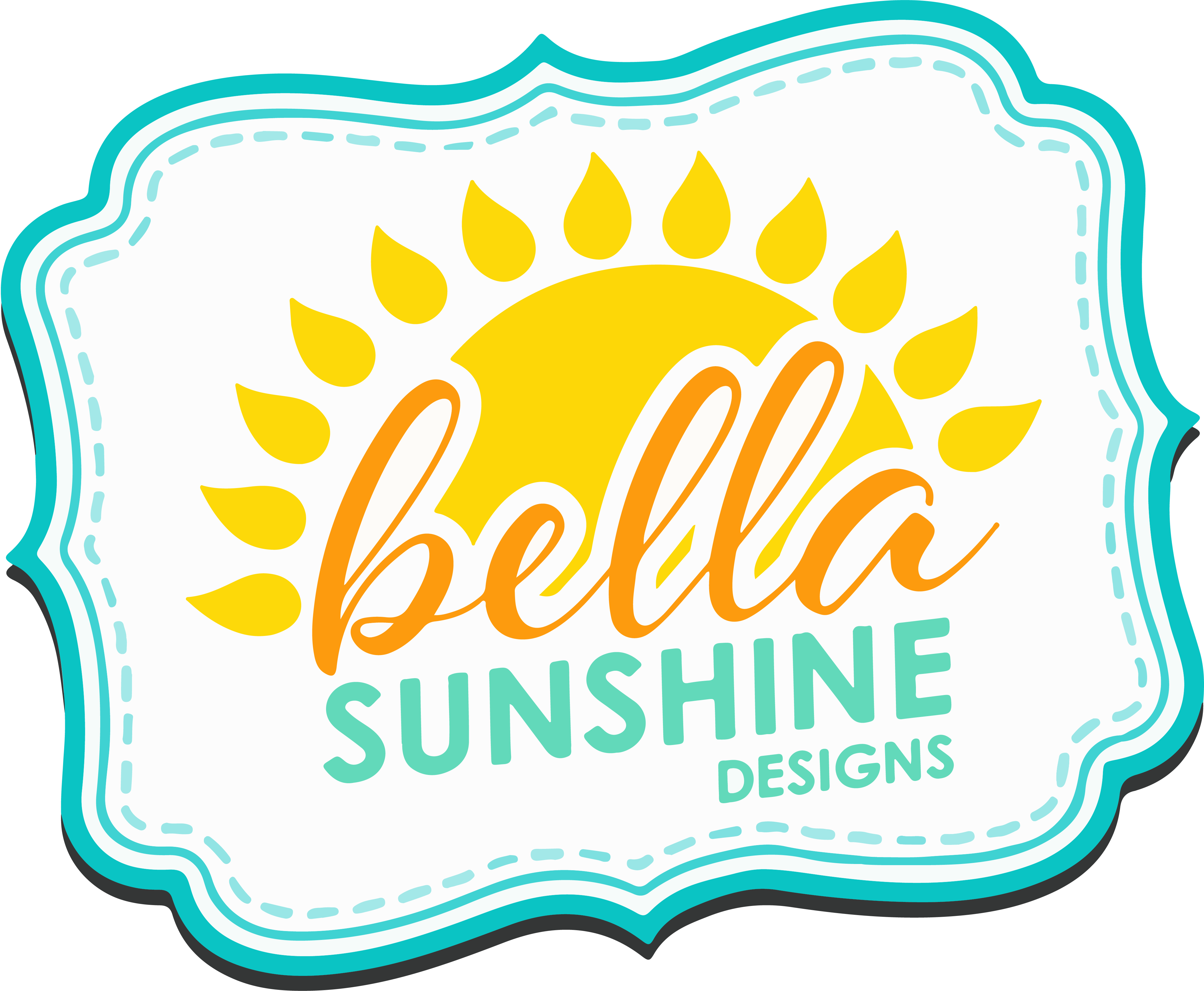The Dos of Pattern Testing
Only sign up if you can commit & don't forget to read the pinned post.
Pattern designers depend on reliable testers who can complete the work in a certain time frame. Sometimes those time frames are tight. Sometimes you will be required to sew multiple versions. The first (or second) draft might have minor (or major) fit issues. That is the nature of testing, as it takes trial and error to get it just right. Before you commit to testing a pattern, make sure you know the time and fabric expectations and are ok with it. The pinned post typically houses all of these expectations with other important information, so don't skip it, read it!

Always sew the size you were assigned and blend if needed.
Almost all pattern designers are very intent on getting their fit "just right" for their listed measurements. This accuracy depends on YOUR accuracy in sewing the correct size, which means blending sizes if the designer requests it. A successful pattern brand depends on a consistently good fit. Pattern testers are a key force in ensuring that happens.

Read and follow the directions exactly.
Another very important part of testing is in making sure the directions make sense and don't have any typos. As such, most designers ask that you do a complete read through of the tutorial before ever touching a piece of fabric or pair of scissors. Make note of any glaring mistakes and ask about any steps that seem out of order or don't make sense before you begin. Also, do NOT alter the pattern design in any way outside of the size blending and follow directions to a tee. Only by following pieces and construction EXACTLY will any problems be found. Any information you gather during the construction will provide some much-needed information for the designer to perfect the pattern before its release.

Give detailed feedback.
Don't be afraid to nitpick. A great pattern designer will use those notes to the benefit of the pattern. "Don't sweat the small stuff" doesn't apply to pattern testing. Sweat it. Mention everything, and I mean everything. You never know what might be important to the overall fit and design. Trust me, the designer wants to hear it all.

Take good fit pics, it's crucial!
Considering most testing is done by people all over the world, fit pictures are crucial to getting pattern dimensions just right. A clear uncluttered background is great. A blank wall is even better. The model should stand straight, square to the camera for a front shot. It is recommended to take pics with arms out as well as arms down to get the best idea of fit in tops and dresses. It is also very helpful to the designer to get those same poses from the side and back. The more they can see, the better any alterations will be. Another handy tip- If your model has long hair, make sure that hair is out of the way in each shot.

When you post your fit pictures, overshare.
Every piece of information you have, you should state with the fit pics. Again, there is NO such thing as too much information when it comes to pattern testing. Things you definitely want to state are the size you sewed (including any minor alterations or size blending you did), the type of fabric you used, the model's measurements (including height), and any perceived fit issues you find once the garment is finished and being worn. Anything can be used to improve the pattern quality, so let it all out!

Be polite within the testing group.
You will likely get comments on your questions and pictures from the designer, their admins, or other testers. You might not agree with all of the opinions, but it is important to the environment of the group that it stays a happy and positive place. Comments to criticisms can always be made in a polite manner. Just try to keep it civil. Pattern designers don't usually like rude testers. Happy and kind makes for a much more supportive and helpful group.

Always use an iron.
Final pictures should always include a freshly pressed garment. Those pictures should convey a professional finished look to the piece with wrinkles gone so everything lays pretty and any knit seams laying flat instead of wavy. A good iron is one of your best friends when it is time to show off your finished work.

Phenomenal final pictures are always welcome!
Not everyone has access to a professional camera or photographer, but that doesn't mean great pictures are out of your reach! Many phones today have fantastic cameras and can take pretty great pics.
There are a few key tips to taking great final pictures. The model's clothes should be pressed nicely and the model should be clean and styled. Neatly brushed or styled hair and a few accessories never hurt, as long as it doesn't take away from the garment. Natural light is your friend and is the best light for picking up detail. Just don't stand in direct sunlight! Indirect light is your best bet. Find a clear uncluttered background. Nature makes a beautiful backdrop, and as long as your garment isn't green, it should stand out nicely. Other good options are tall wooden fences or pretty front doors. Just make sure your model (and the product) pop in front of it.
If you follow these tips, you'll find yourself asked to test again and again! And I don't know about you, but I always feel amazing helping a designer release a perfect pattern. And you can say "I helped with that!" It's a great feeling.

1 comment
great points! ty